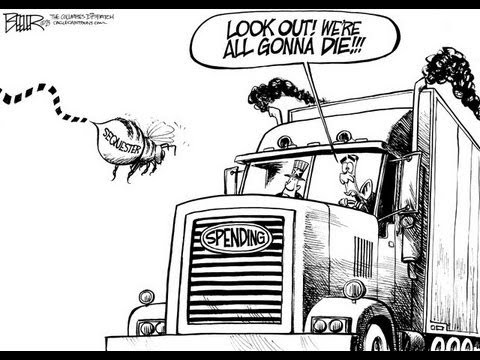What Does a Strong USD Mean for Investors
Post on: 18 Июль, 2015 No Comment

What Does a Strong USD Mean for Investors?
by Brian Dolan, Head Market Strategist
We’ve been hearing this question a lot in recent days as the USD moves to its highest level since just before the Great Financial Crisis, according to the US Dollar Index, a measure of the value of the greenback against other major international currencies. USD strength is most evident against the euro, Japanese yen, and the British pound.
So what does the current USD strength mean for investors? The simple and straightforward answer is: It depends.
Why is the Dollar so Strong?
First, let’s look at what’s behind the strength of the dollar over the last 6-7 months. The surge in the USD is based on two main factors, in our estimation:
- Interest rate expectations are typically the biggest driver of currency exchange rates. Current expectations are that the US Fed will raise interest rates in mid-2015 (USD positive), while other major central banks (European Central Bank (ECB), Bank of Japan (BOJ), and Bank of England (BOE)) will hold rates steady (BOE) or seek to drive them down (ECB expected to announce additional unconventional easing policies Jan. 22 & BOJ announced in Nov. 2014). Interest rate expectations are the primary driver of USD strength, in our view, and should the US recovery stutter and expectations shift that the Fed would hold rates steady, the USD could give back some of its recent gains.
- The dollar is also benefitting from a flight to quality/safety as global growth concerns escalate. With Japan in recession, the Eurozone on the verge of recession, and China remaining sluggish (relatively speaking), risk sentiment has suffered, and the USD is usually one of the main beneficiaries of market discontent. With the US economy performing better than other major economies, the USD also benefits from investment inflows.
Importantly, investors will need to keep an eye on these two themes to have a sense of whether USD strength will continue or potentially stabilize or reverse.
Strong Dollar Impact on Major Asset Markets
In terms of what USD strength means for investors, we’d list the following impacts (and please note, there are many, many implications, so we’re just hitting the main ones).
- To the extent that current dollar strength reflects pessimism on the global outlook, risk assets (e.g. stocks & commodities) may remain under pressure with further USD strength, while fixed income assets may perform better. Should USD strength reverse, it may suggest that the global mood is brightening and risk assets (stocks and commodities) could recover.
- USD strength is typically negatively correlated to most commodities, meaning if the USD should strengthen further, most commodities may see further weakness, and vice versa. This relationship has been one factor in the sharp drop in oil prices recently. Gold is somewhat of an anomaly, and may pursue its own path, but USD strength has been historically correlated to weakness in the yellow metal.
- Further dollar strength, coupled with additional commodity weakness, may see deflationary pressures increase in major economies. Lower prices may support personal consumption, however, potentially lending stimulus to struggling economies, potentially leading to a bargain-hunting environment in non-US share markets.
Cross-Border Investments and the USD
- For investors in dollar-denominated stocks, the effects will vary on a case by case basis. For major US-based multi-national corporations with a significant portion of their earnings outside the US, USD strength can reduce their earnings, as revenues from overseas will result in fewer USD after conversion. But this effect is heavily dependent on the currency risk management policy (e.g. hedging) each company pursues, among other factors.
- For non-USD-based investors investing in dollar-denominated assets, USD strength may augment the performance of the underlying investment in your home currency terms. For example, if a German investor owns a USD-based ETF, and the ETF gains 2% and the USD appreciates 2% against the EUR, the investor may see a roughly 4% return in EUR terms. If the investment declines by 5%, for example, and the USD gains by 5%, the investment loss might be largely offset by the USD currency gain. If the dollar should decline, the overall investment return will be negatively affected after conversion, whether the underlying investment’s return was positive or negative.
As you can see, there are many ways the USD impacts investments of all stripes. Given the size of the currency market and the importance of the USD, investors would be well-advised to keep an eye on what’s happening with the greenback.














